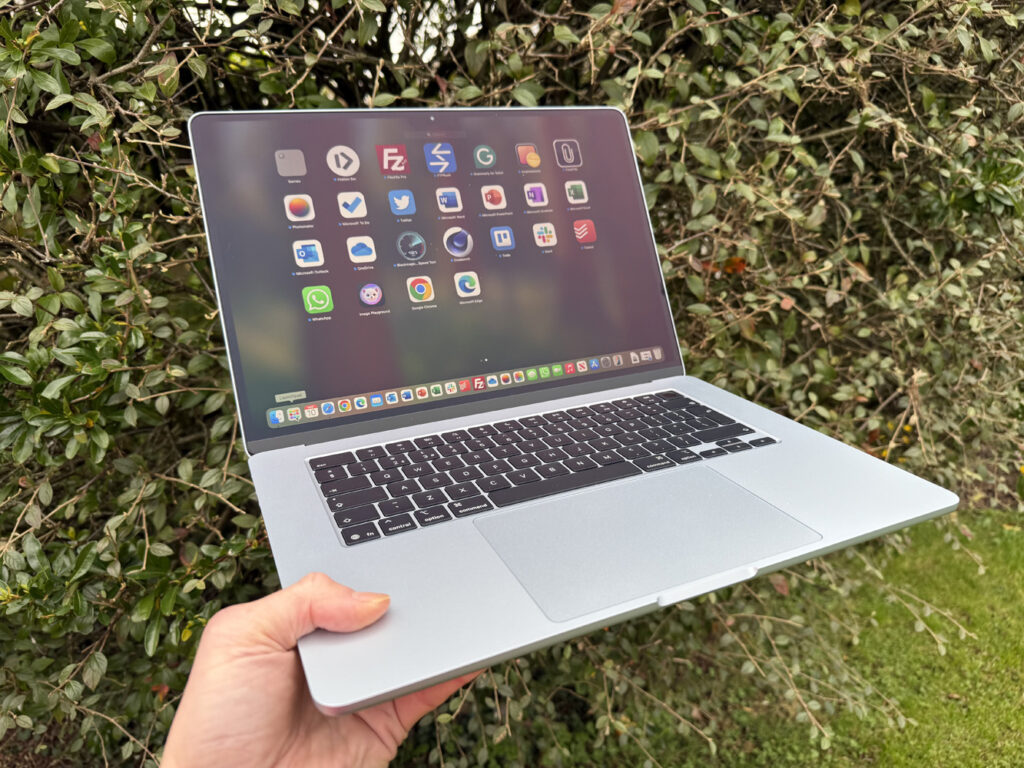Apple is working on its next major software update for the Mac – macOS 16. Its location-based moniker is yet unknown, but will be from California. My best guess based on existing trademarks is Mammoth, due to the nature of the changes coming (more on this later). As you’d expect, macOS 15 will work best with the latest Macs. But a whole bunch of older Mac desktops and MacBooks will also get the free software update – stretching back a good few years.
But will your current Mac device get the new update? Here’s our guide to the rumoured macOS 15 system requirements.
Will my Mac device get macOS 16?
Leaks and rumours on macOS 16’s compatibility are rather light this year, but the leading theory is that Apple is going to ditch support for any remaining Intel Macs. Given Apple starting switching to its own silicon chips in 2020, this would cut some older Macs off earlier than usual. But, I wouldn’t be surprised if this was the case given the huge performance differences between the devices.
macOS Sequoia doesn’t support Macs released before 2018, with the exception of 2017’s iMac Pro. That includes some pretty powerful Macs that were previously supported by macOS Monterey, such as 2013’s cylindrical Mac Pro (the ‘trashcan’ one) which although hideously expensive at launch is now a decade old, of course. It also excludes the more affordable, but controversial, MacBook from 2017.
Just like iOS 19, macOS 16 is slated for a huge redesign based loosely on visionOS. Expect this not only to appear in app icons, but also across system settings, menus, and other UI elements. Further support for Home app features and additional Apple Intelligence features are also due to arrive. Hopefully, Apple Intelligence has fewer hiccups than it has done so far.
Here’s a full list of the devices expected to be compatible with macOS 16:
- MacBook Air (2020 or later)
- MacBook Pro 13-inch (2020 or later)
- MacBook Pro 14-inch, 16-inch (2021 or later)
- Mac mini (2020 or later)
- iMac (2021 or later)
- Mac Studio (2022 or later)
- Mac Pro (2023 or later)
Expect the new software to debut at Apple’s WWDC 2025 developers conference in June, before it rolls out to everyone in September.
Read the full article here
